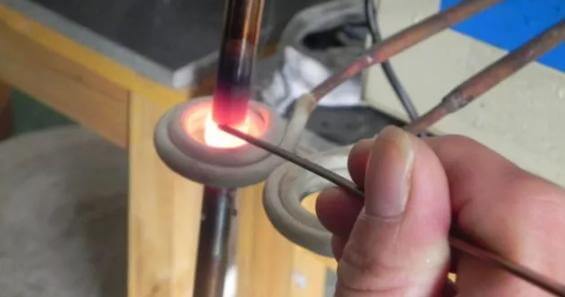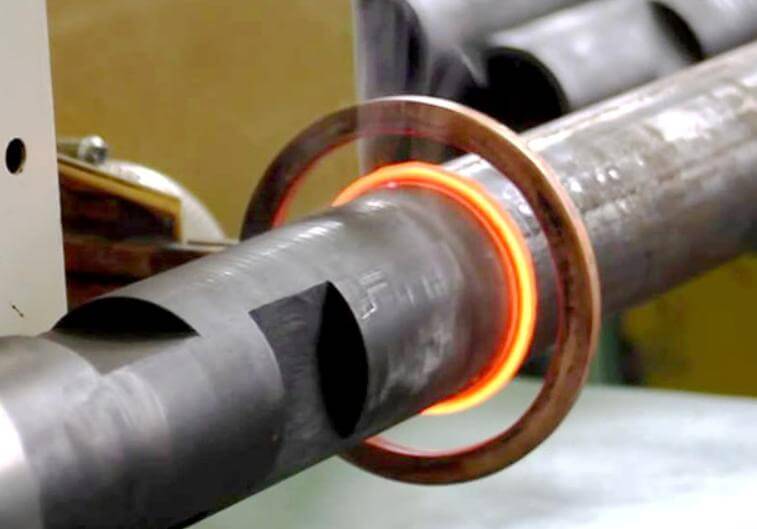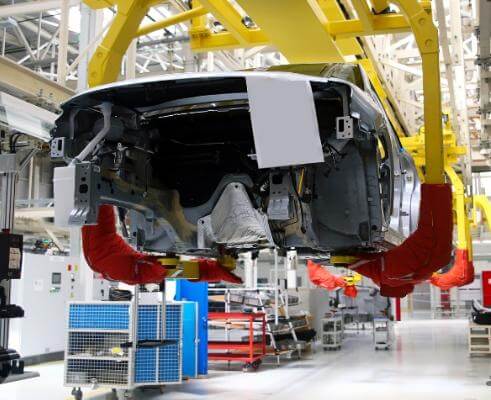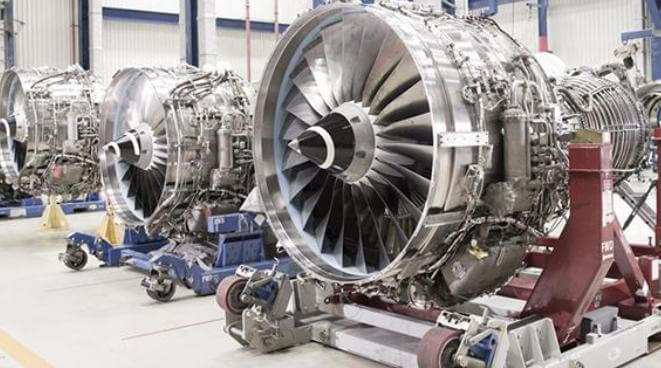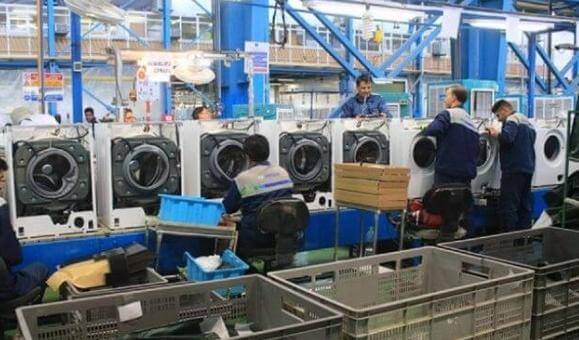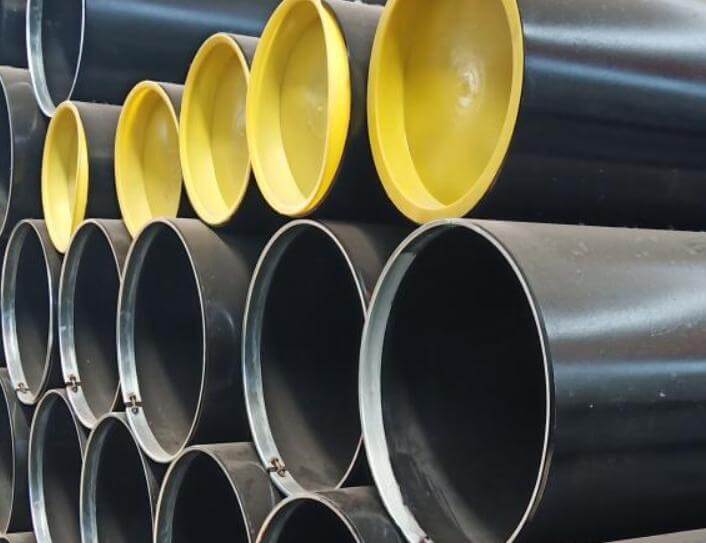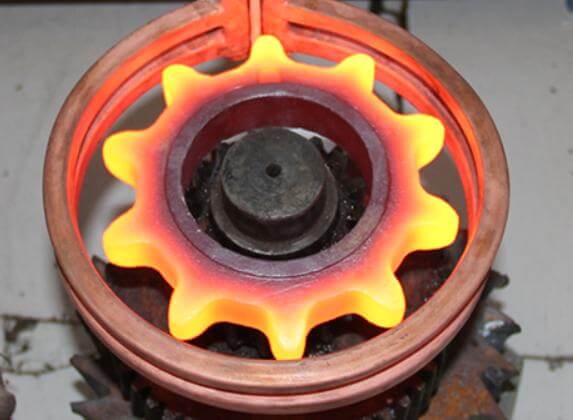Why Choose High Frequency induction Welding for Precision Metal Joining?
High frequency induction welding has emerged as an efficient metal joining technology, gaining widespread application across various industries in recent years. Compared to traditional welding methods, high frequency induction welding offers numerous advantages, making it the preferred choice for many precision metal joining projects. This article explores the significant benefits of high-frequency induction welding in terms of process characteristics, applications, equipment requirements, and maintenance costs.
Process Characteristics of High-Frequency induction Welding
The key advantages of high frequency induction welding are efficiency and precision. It uses high-frequency current for heating. Metal joints are completed quickly, reducing the heat-affected zone (HAZ). This minimizes issues found in traditional welding methods.
High Frequency Electromagnetic Heating
The core principle of high-frequency induction welding is to generate an electromagnetic field using high-frequency current. This rapidly heats the metal surface. The process is highly efficient and allows precise control of the heating area and temperature. It ensures high-quality welds. Unlike conventional methods, high-frequency induction welding heats quickly and reaches the required temperature fast. This ensures welding quality and prevents metal deformation or damage from overheating.
Localized Heating to Minimize the Heat-Affected Zone
High frequency welding enables localized heating. It concentrates heat in a specific area without affecting other parts of the metal. This minimizes the heat-affected zone and reduces the risk of structural damage. It also prevents the degradation of physical properties caused by overheating. This is vital for precision metal joining, requiring high-strength and low-deformation welds for intricate components.
Adjustable Heating Temperature
By adjusting the high-frequency current’s intensity, the metal’s heating temperature can be precisely controlled. This enhances flexibility in temperature regulation. The process allows adjustments to suit different material properties, ensuring strong and intact weld joints.
Applications of High Frequency induction Welding
High frequency induction welding is no longer limited to the electronics or automotive manufacturing sectors; it has been widely adopted across various industries. Its efficiency, precision, and energy-saving characteristics make it stand out in each application domain.
-
Precision Electronics Industry
High frequency induction welding is extensively used in the manufacturing of electronic products, particularly in the welding of integrated circuits (ICs) and microelectronic components. Due to the stringent requirements for dimensional precision and connection quality in electronic components, traditional welding methods often fall short. High frequency welding, with its precise heat control and superior welding quality. It ensures the stability and long-term reliability of electronic component connections.
-
Automotive Manufacturing Industry
In the automotive industry, high frequency induction welding is widely used, especially in metal body connections and battery system assembly. Traditional welding often causes excessive heat, leading to deformation or damage. High frequency welding avoids this by precisely controlling heat input. It ensures strong, sealed welds, improving vehicle safety and reliability.
-
Aerospace Industry
In the aerospace sector, welding quality directly affects aircraft safety. High frequency induction welding provides exceptional precision. It enables strong metal connections without damaging delicate components. Stability and tensile strength are critical for aerospace parts. High frequency welding ensures these qualities with accurate temperature control. Its excellent results have made it essential in aerospace manufacturing.
-
Home Appliance Industry
High frequency induction welding plays a vital role in the home appliance industry. It is particularly important for metal connections in products such as water heaters, refrigerators, and air conditioners. This technique creates tight and stable metal joints. It ensures the long service life of products and improves their overall quality and performance.
-
Pipeline Connections and Metal Structures
High frequency induction welding is also widely used for connecting metal pipelines and welding other metal structural components. It ensures strong welds while minimizing the thermal impact and deformation common in traditional welding methods. In large-scale metal pipeline connections or metal structure assemblies, high-frequency induction welding demonstrates unparalleled advantages.
Demand for High Frequency Induction Welding Equipment
When it comes to high frequency induction welding, selecting and configuring the right equipment is crucial. Unlike traditional welding equipment, high frequency induction welding machines must provide stable high-frequency currents. They should also have precise temperature control capabilities. Additionally, the high frequency induction welding machines require high levels of automation.
Equipment Requirements
High frequency induction welding equipment typically consists of a high-frequency generator, electrodes, control system, and cooling system. The high frequency generator provides stable high-frequency currents, while the control system precisely adjusts the current intensity and welding time during the process. For precision welding, the accuracy and stability of the equipment are vital.
Automated Production Lines
High frequency induction welding is often integrated with automated production lines. This enables large-scale continuous welding. It is especially common in industries such as automotive and electronics. Automation improves production efficiency, reduces manual intervention, and ensures consistent welding quality.
Maintenance of High Frequency Induction Welding Equipment
Compared to other welding technologies, maintaining high frequency induction welding equipment is relatively simple. Regular checks on electrode wear are necessary. Adjustments or replacements should be made as needed. The cooling system also requires regular maintenance. This ensures stable operating temperatures during high-frequency induction welding.
Maintenance Costs and Economic Benefits of High Frequency Induction Welding
When considering whether to adopt high-frequency induction welding, understanding its long-term maintenance costs and economic benefits is crucial. Compared to other welding methods, high frequency welding typically offers lower maintenance costs and can save on expenses by improving production efficiency.
1. Lower Maintenance Costs: High frequency induction welding equipment has lower maintenance costs. Its simple process and lack of complex mechanical structures make it easier to maintain. The longer replacement cycles for electrodes and control systems reduce downtime on the production line. Moreover, since high frequency induction welding can be automated, human intervention is minimized, further lowering labor costs.
2. Material and Energy Savings: High frequency induction welding reduces material waste and energy consumption by controlling heat accurately. It applies localized heating. Compared to traditional welding methods, high-frequency induction welding has advantages in heating speed and precision. This leads to more efficient production and lowers overall production costs.
3. Improved Product Quality and Competitiveness: High frequency induction welding improves product quality and stability. This directly impacts market competitiveness. Precise metal connections ensure product reliability over time. This reduces the need for repairs or quality issues related to welding. As a result, market recognition is enhanced.
Conclusion
High frequency induction welding technology, with its speed, precision, and efficiency, has become the preferred method for many precision metal joining applications. As industrial automation progresses, the equipment requirements and maintenance costs of high frequency induction welding continue to decrease, allowing its adoption in more sectors. For businesses requiring high-quality connections, choosing high-frequency induction welding not only improves production efficiency but also ensures product reliability and market competitiveness.
KEXIN’s induction melting furnace has higher thermal efficiency and lower energy consumption. They can produce a mild metal bath mixture, mixing a uniform alloy at a constant and uniform temperature. For these reasons, this type of furnace is the first choice for induction melting. Kexin products can flexibly meet all customer requirements.
Can we help you?
 Whatsapp
Whatsapp
